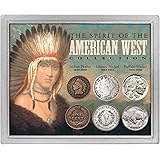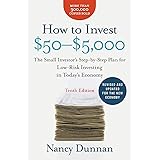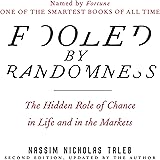
A slew of common investment terms and jargon may seem overwhelming to the novice investor. However, getting familiar with the vocabulary can help a beginner gain confidence and get started on the road to becoming a regular investor.
A stock represents a slice of ownership in a company, and therefore, investors have a potential share of the company’s profits and assets. A stock’s value is determined by the market and may rise or fall in price, depending on a variety of factors. A bond is a debt certificate issued by a corporation or unit of government that promises to repay the holder at a future date. The bond’s par value is the amount paid for it when originally purchased. A bond’s yield is the percentage of interest it pays over a period of time.
Net income refers to a company’s total earnings after subtracting its expenses from its revenue. This measure of profitability is commonly used in the evaluation of a company’s ability to pay dividends and cover its other expenses. Another measurement of a company’s profitability is EBITDA (earnings before interest and taxes).
An asset allocation strategy that involves spreading your investments across different types of stocks, bonds, cash, etc. This helps reduce the risk of losses by diversifying your portfolio.
The stock market is a global marketplace where stocks, bonds and other securities are bought and sold. Many countries have their own national exchanges.
Venture capital is money that private investors or venture capital firms invest in early-stage companies they believe have the potential to become profitable. Typically, this money is used for business development and growth.
A bear market is a prolonged period of falling stock prices, usually brought on by economic pessimism, growing unemployment or a business recession. It is the opposite of a bull market.
An index is a statistically weighted collection of securities that can be used as an indication of stock or bond market trends. Some popular indices are the Dow Jones Industrial Average, S&P 500 and NASDAQ Composite.
The NASDAQ Composite is a market index that tracks the performance of all stocks listed on the NASDAQ stock exchange. It shouldn’t be confused with the NASDAQ 100, which tracks only the 100 largest stocks on the exchange.
An RIA is an individual registered investment advisor, who can advise clients on the purchase and sale of securities, as well as other financial services. Some RIAs offer fee-only models, while others charge commissions for their services.
A mutual fund is a collection of shares in the ownership of a number of different businesses, which are managed by a professional. A mutual fund’s investments are diversified, so it has the potential to produce a steady stream of income over a long period of time. An index fund is a type of mutual fund that invests in securities that track a particular stock or bond index. For example, a mutual fund that tracks the Standard & Poor’s 500 stock index would invest in the 500 largest stocks on the market.









